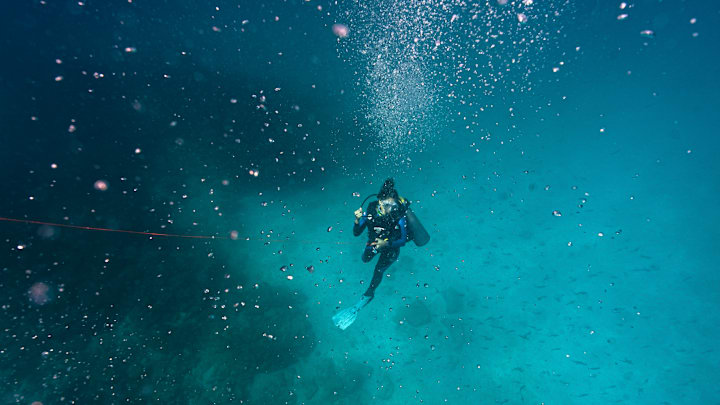Scuba diving is one of the most thrilling ways to explore the world, offering a glimpse into underwater ecosystems filled with vibrant marine life, coral reefs, and even shipwrecks. But traveling for scuba diving isn’t as simple as throwing your gear into a bag and booking a flight. To make your dive trip smooth and enjoyable, there are a few key things to consider before taking the plunge.
Choose your dive destination wisely

Not all dive locations are the same. Whether you're drawn to the tropical waters of the Maldives, the shark-filled sites of the Bahamas, or the colder kelp forests of California, each destination offers unique experiences. Research the best seasons for diving at your chosen location, as weather conditions and marine life activity can vary throughout the year. Some places, like Thailand or Indonesia, have ideal conditions year-round, while others, like the Galápagos Islands, have peak seasons for visibility and marine encounters.
Check your dive certification and experience level
Different dive spots require different levels of experience. While beginners can enjoy calm, shallow waters in destinations like Bonaire or the Red Sea, more advanced divers might seek out drift diving in Palau or wreck dives in Chuuk Lagoon, formerly known as Truk Lagoon. Be sure your certification level matches the type of dives you plan to do, and if you’re looking to level up, consider completing additional training before your trip.
Pack the right gear or rent wisely

Bringing your own scuba gear can be a game-changer in terms of comfort and fit, but it’s important to consider baggage fees and weight restrictions. Essentials like a mask, fins, dive computer, and wetsuit (if specific to your needs) are worth bringing along. However, if traveling light is a priority, reputable dive shops usually offer high-quality rental equipment. Just be sure to check ahead of time to ensure availability and proper maintenance.
Know the local dive regulations and marine conservation efforts
Each country has different diving regulations, so familiarize yourself with local rules, such as permit requirements, dive depth limits, and marine protection guidelines. Many destinations emphasize eco-friendly diving, and respecting marine life is crucial. Avoid touching coral, maintain good buoyancy control, and use reef-safe sunscreen to help protect the underwater environment.
Plan for surface intervals and off-day activities

A good dive trip isn’t just about the underwater experience—it’s also about enjoying the destination itself. Since it’s essential to wait at least 24 hours after your last dive before flying, plan for some relaxing post-dive activities like exploring nearby islands, visiting cultural sites, or simply enjoying the local cuisine.
Traveling for scuba diving is more than just an adventure—it’s an opportunity to witness some of the most breathtaking underwater landscapes in the world. With the right preparation, respect for marine environments, and a well-planned itinerary, your next dive trip can be unforgettable. So pack your gear, grab your logbook, and get ready to make a splash!
